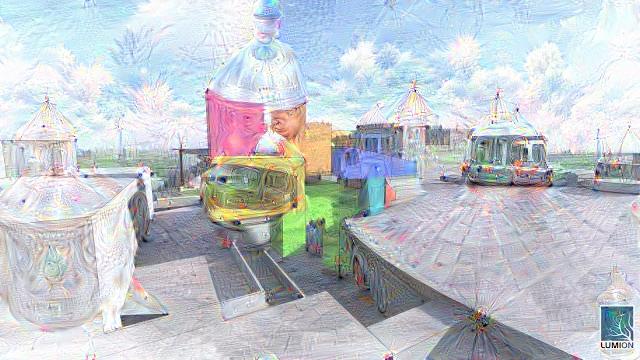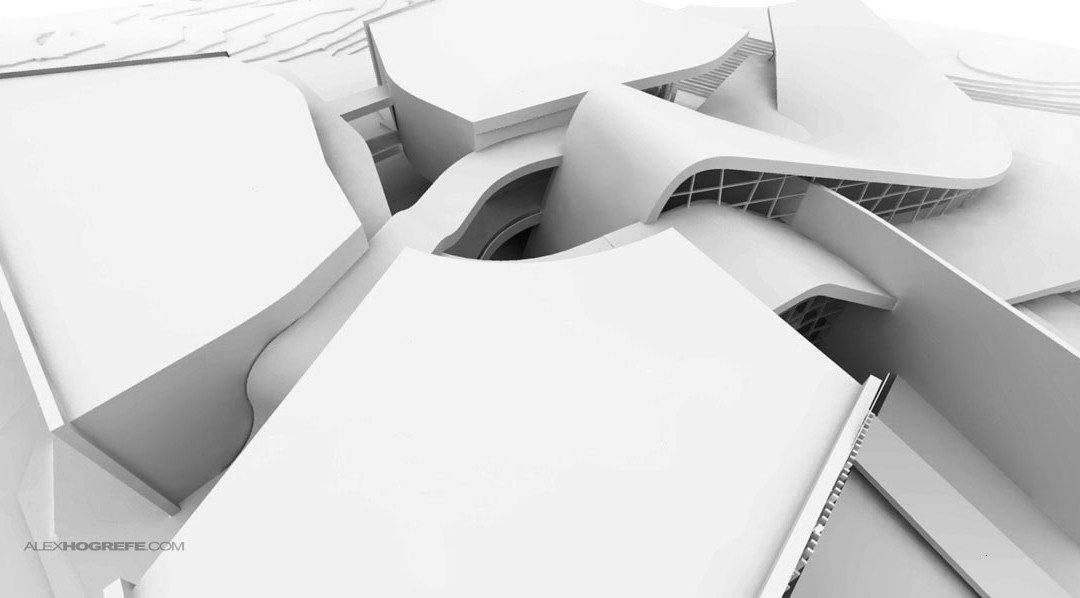Good luck with the final submission! Go hard!
Andrew
Andrew Wallace - ARCH1101 2018
Monday, June 18, 2018
Wednesday, May 23, 2018
AI Deep Dreaming - Bonus step

or perspectives
VR 360 deepdream..
http://gallery.styly.cc/WALLACE/32b45472-5f22-11e8-b34d-4783bb2170d0
Moving Architecture...
Achim Menges studies materials that can respond to their environment - 'meteorosensitive' hygroskins..
His lectures are fascinating:
His lectures are fascinating:
Thursday, May 3, 2018
900 Cruciforms
Download the Sketchup model here:
https://www.dropbox.com/s/69np9fxnnl4fw7r/900%20Cruciforms.skp?dl=0
Download the Grasshopper file;
https://www.dropbox.com/s/qmcvzd7zs0lpwsj/Cruciforms.gh?dl=0
Wednesday, April 18, 2018
Wednesday, March 28, 2018
Jenny Wu and Adolf Loos
Adolf Loos
Ornament and Crime
https://faculty.risd.edu/bcampbel/Loos-Ornament%20and%20Crime.pdf
1. Remove all unnecessary ornament
2. Aesthetic Purism
3. Must be current to time when it's designed. No replica.
4. Logical / methodical / utilitarian
5. Ornament is a criminal waste of time, money and material.
read after
http://www.sjsu.edu/people/thomas.leddy/courses/66/s1/Loos.doc
Jenny Wu
https://www.oylerwu.com/
1. Perceptual and visual void
2. Active inlay - interplay of connecting solids and voids.
3. Freeform Geometry
4. Animated form
5. Layering of material
Ornament and Crime
https://faculty.risd.edu/bcampbel/Loos-Ornament%20and%20Crime.pdf
1. Remove all unnecessary ornament
2. Aesthetic Purism
3. Must be current to time when it's designed. No replica.
4. Logical / methodical / utilitarian
5. Ornament is a criminal waste of time, money and material.
http://www.sjsu.edu/people/thomas.leddy/courses/66/s1/Loos.doc
Jenny Wu
https://www.oylerwu.com/
1. Perceptual and visual void
2. Active inlay - interplay of connecting solids and voids.
3. Freeform Geometry
4. Animated form
5. Layering of material
Thursday, March 22, 2018
Sketchup // Images
I mentioned Alex Hogrefe's site in class yesterday: https://visualizingarchitecture.com/
This post https://visualizingarchitecture.com/sketchup-to-kerkythea-clay-rendering/ has basics for creating quick renders. In the comments he mentions that he uses Rhino to create some of the shapes and then imports the geometry to sketchup. You're welcome to do the same.
You don't have to render your images - but you might think about editing a sketchup style to change the appearance of the model - especially for the animations. I like the Tech Pen Endpoints style which is very simple - and it's also a good idea to turn on shadows!
I'd definitely have a read of this post https://visualizingarchitecture.com/composing-your-perspectives/ which talks about composing an image.
If you need to model something complex - try Rhino it's installed in the computer labs and you can download a trial from here: https://www.rhino3d.com/download.
This tutorial models a roof:
https://www.youtube.com/watch?v=DDw47ZdEXDU
And this describes the process of bringing it into sketchup:
https://sefaira.zendesk.com/hc/en-us/articles/202286849-Best-Practices-for-Importing-Rhino-Files-into-SketchUp
Subscribe to:
Comments (Atom)









